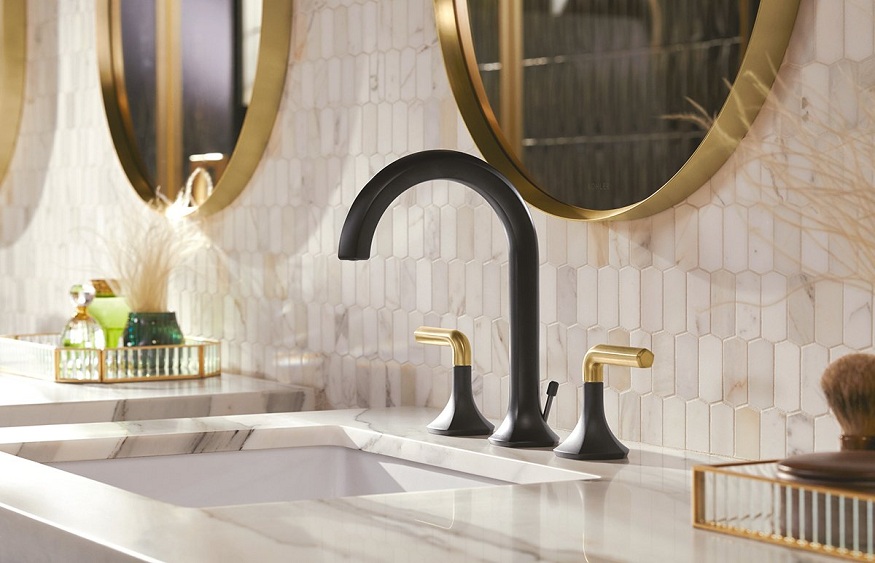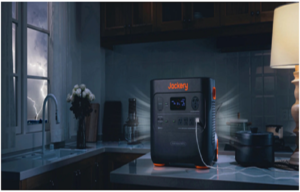
Technological advancements have permeated every aspect of our daily lives in recent years, revolutionizing how we interact with the world around us. One such innovation that has gained widespread popularity is sensor faucets.
Replacing traditional faucets with cutting-edge sensor-based technology has transformed the way we experience water usage in homes, public spaces, and commercial establishments.
This article delves into why sensor faucets have become the future of water control and how they are reshaping our relationship with this vital resource.
Let’s take a look at these reasons.
1. Enhanced Hygiene and Health
In an era where health and hygiene have gained utmost importance, sensor faucets have emerged as a game-changer. Traditional faucets often require users to touch handles, which can harbor harmful bacteria and viruses, contributing to spreading infections. Sensor faucets entirely eliminate the need for physical contact, as they operate via motion-sensing technology.
Users place their hands under the faucet, triggering a stream of water without the risk of cross-contamination. In public restrooms and food service establishments, this touchless functionality is invaluable, helping maintain a higher cleanliness standard and safeguarding public health.
2. Water Conservation
Amid growing concerns over water scarcity and environmental impact, conserving water has become an urgent global priority. Sensor faucets play a crucial role in water conservation efforts.
Their intuitive design ensures that water flows only when needed, shutting off automatically when the user removes their hands. This mechanism prevents wastage caused by leaving taps running accidentally or due to negligence.
3. Energy Efficiency
Beyond water conservation, sensor faucets also contribute to energy efficiency in various ways. In traditional faucets, hot water may run unnecessarily while users adjust the temperature manually. In contrast, sensor faucets with integrated temperature control can deliver hot water on demand, eliminating the need for wasteful preheating.
As a result, energy consumption is minimized, reducing the carbon footprint associated with water heating. For large establishments such as hotels and offices, this translates into significant energy & cost savings over time.
4. Accessibility and Inclusivity
The widespread adoption of sensor faucets has fostered inclusivity, making water access easier for people of all abilities. Traditional faucets can present challenges for people with limited mobility, such as the elderly or those with disabilities. Sensor faucets’ touchless operation eliminates physical barriers, enabling everyone to access water effortlessly.
Moreover, these faucets can be strategically placed at accessible heights to accommodate wheelchair users, ensuring a more inclusive and accommodating environment.
5. Smart Technology Integration
As sensor faucets have become increasingly prevalent, manufacturers have incorporated smart technology to enhance their functionality further. IoT (Internet of Things) integration allows sensor faucets to communicate with other devices and systems, creating a more connected and intelligent water management system.
For instance, smart sensor faucets can send real-time data on water usage to a centralized monitoring platform, enabling facility managers to identify leaks promptly and optimize water consumption. Such data-driven insights save water and money, streamline maintenance, and enhance overall water system efficiency.
6. Cost Savings and Maintenance
While the initial investment in sensor faucets may be higher than traditional ones, the long-term cost savings are substantial. With water and energy conservation, businesses and households can expect reduced utility bills over time.
Additionally, the touchless operation minimizes wear and tear on faucet components, prolonging their lifespan and reducing maintenance costs. Furthermore, preventing water leaks through real-time monitoring ensures that water-related damages are mitigated, saving on repair expenses.
Conclusion
Sensor faucets have undoubtedly ushered in a new era of water control and usage, profoundly impacting hygiene, sustainability, and efficiency. So, choose Kohler’s state-of-the-art sensor faucets if you want to experience the ultimate hygiene, sustainability, and efficiency.
Visit their website now to explore the range of touchless faucets designed for homes, businesses, and public spaces.







